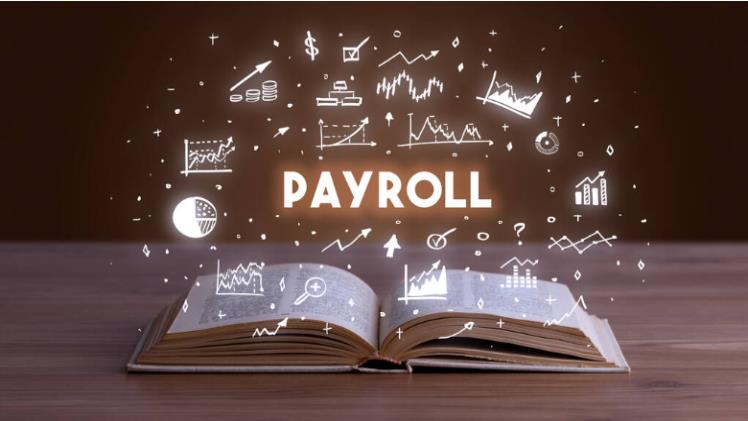In the fast-paced world of business and finance, the management of payroll has emerged as a critical aspect of an organization’s success. The days of manual calculations and stacks of paperwork are long gone. Thanks to cutting-edge technology and innovative software solutions, payroll management has become more efficient, accurate, and less prone to errors. In this article, we will delve deep into the realm of payroll software, exploring its evolution, features, benefits, and the exciting future it holds for businesses worldwide.
The Evolution of Payroll Software
Payroll software has come a long way since its inception. In the early days, businesses relied on simple spreadsheets and basic accounting software to manage employee salaries and benefits. These primitive systems were error-prone and often led to discrepancies in payroll processing. The payroll software in Singapore has become popular over the years ever since it was introduced.
As technology advanced, so did payroll software. The 1980s witnessed the advent of the first dedicated payroll management software, which introduced automation to the payroll process. This innovation significantly reduced the manual workload for HR and finance departments, leading to increased accuracy and efficiency.
Over the decades, payroll software evolved further, incorporating features such as tax compliance, direct deposit, and integration with human resources systems. Today, modern payroll software is a comprehensive solution that streamlines payroll processing, minimizes compliance risks, and provides valuable insights into an organization’s financial health.
Key Features of Payroll Software
- Automation: The core feature of payroll software is automation. It automates tasks such as calculating salaries, deductions, and tax withholdings, reducing the likelihood of errors and saving valuable time.
- Tax Compliance: Payroll software keeps up-to-date with ever-changing tax laws and regulations, ensuring that businesses remain compliant and avoid costly penalties.
- Employee Self-Service: Many payroll systems offer self-service portals where employees can access their pay stubs, tax documents, and update their personal information, reducing HR’s administrative burden.
- Direct Deposit: Employees can opt for direct deposit, eliminating the need for physical paychecks and reducing paper waste.
- Analytics and Reporting: Payroll software provides valuable insights through customizable reports, helping organizations make informed decisions about their workforce and financial planning.
- Integration: Integration with other HR and accounting software allows for seamless data flow, reducing data entry errors and ensuring consistency across systems.
Benefits of Using Payroll Software
The adoption of payroll software brings a plethora of benefits to organizations:
- Error Reduction: Automation significantly reduces the chances of manual errors in payroll calculations, ensuring that employees are paid accurately and on time.
- Time Savings: Payroll processing that once took days can now be completed in a matter of hours, freeing up HR and finance teams to focus on more strategic tasks.
- Cost Efficiency: Automated payroll processes reduce the need for extensive manual labor, saving organizations money in the long run.
- Compliance Assurance: Staying compliant with tax laws and regulations is easier than ever with software that automatically updates tax rates and deductions.
- Improved Data Security: Payroll software often comes with robust security features, protecting sensitive employee data from unauthorized access.
- Enhanced Employee Satisfaction: Employee self-service features allow employees to access their payroll information easily, improving transparency and reducing inquiries to HR.
The Future of Payroll Software
The future of payroll software is promising and filled with exciting possibilities. Here are some trends and innovations to watch out for:
- Artificial Intelligence (AI) and Machine Learning: AI and machine learning algorithms will be used to predict payroll trends, identify anomalies, and optimize payroll processes further.
- Blockchain Technology: Blockchain could revolutionize payroll by providing a secure, transparent, and tamper-proof ledger for salary payments and tax transactions.
- Mobile Accessibility: Payroll software will become increasingly accessible via mobile devices, allowing employees to manage their payroll-related tasks on the go.
- Real-Time Payments: Real-time payment systems will become more common, enabling employees to access their earnings as soon as they are earned.
- Greater Customization: Payroll software will offer more customization options to meet the unique needs of different industries and organizations.
Conclusion
Payroll software has evolved from simple spreadsheets to powerful, multifaceted solutions that drive efficiency and accuracy in payroll management. Its adoption not only reduces the administrative burden on HR and finance teams but also ensures compliance and data security.
As we look to the future, payroll software will continue to advance, leveraging technologies such as AI, blockchain, and mobile accessibility to provide even greater benefits to businesses. The world of payroll management is on the cusp of a digital revolution, and those who embrace these innovations will reap the rewards of a streamlined and error-free payroll process.

